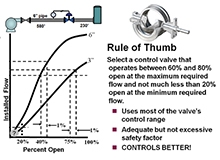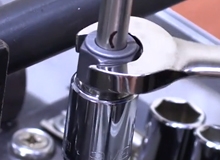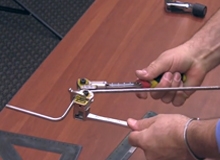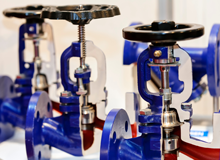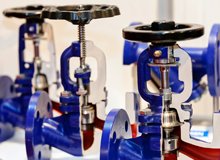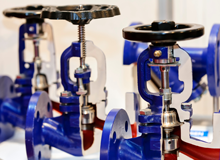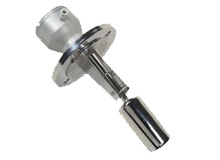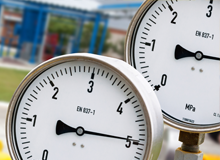Water Treatment Resources
Water Treatment
When control valve professionals talk about "control valve sizing," they really mean the entire process of selecting the valve that will do the best job of controlling the process. Selecting the right size valve is an important part of the process, but there are other equally important considerations as well.
This video takes you step by step from deburring a piece of tubing, marking the tubing, making up the fitting, and pressurizing the fitting to show that it only takes one and a quarter turn to properly seal a fitting from leaks.
In this video Rich Wilbur demonstrates how you can use tubing that you can measure, mark, layout, and bend. Check it out!
This is Part II in a four-part series based on the contents of the new textbook, “Control Valve Application Technology, Techniques and Considerations for Properly Selecting the Right Control Valve.”
This article discusses the importance of selecting the correct flow characteristic and correctly sizing the valve in order for the valve to properly control the process.
Certain frequencies of sound can play havoc on industrial equipment. When control valves are not selected appropriately, there is an increased risk for cavitation, which causes high noise and vibration levels, resulting in very rapid damage to the valve's internals and/or the downstream piping.
Considering the number of variables, gaining precise control of a process heating application can be a difficult task. In industries with a high demand for consistent quality, controlling the temperature of a substance from the start to the finish of a process is an absolute necessity. Learn more.
The purpose of a filter is to remove contaminants from a fluid stream either completely, or at least down to a given rating or specification. Filters are used to help control contaminants and are rated according to their ability to remove these contaminants from a liquid, gas or air stream. There are different methods in which the performance of filters are specified.
In the chemical processing industry, a significant percentage of measurement devices are not correctly matched to their application. This leads to decreased quality and consistency in their operation.
Loss of containment is one of the costliest things that can go wrong at a plant. Accordingly, smart enterprises employ a variety of measures that ensure loss of containment just doesn’t happen – or when it does, the adverse circumstances are kept to a minimum.
A lesson for me is that I need to involve you earlier in the program.
You were tireless in your support and it will not be forgotten!

